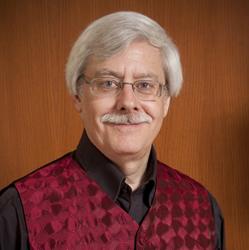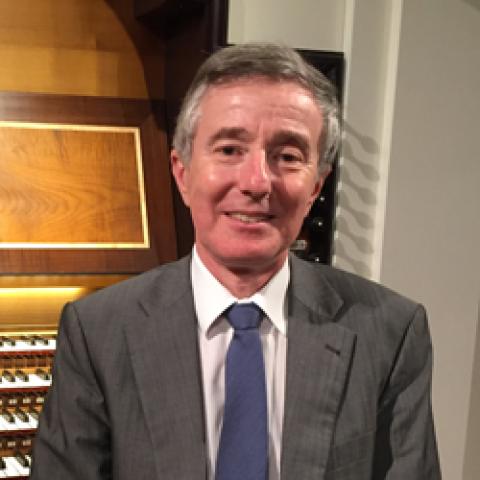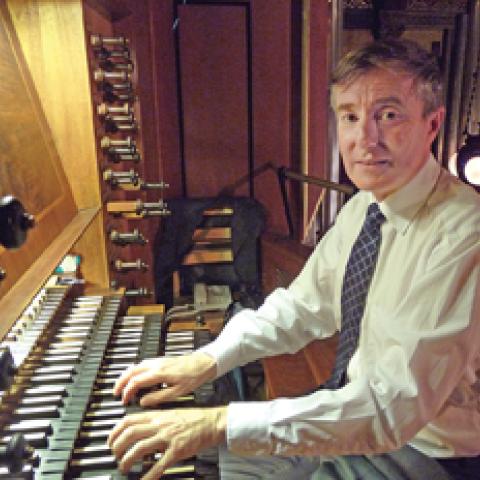
Robert Bates, professor of organ at the University of Houston, will present a mini-French festival in the Seattle area January 9–11. On January 9 at 10 a.m. Bates will present a lecture on the development of the organ in France leading up to the time of Titelouze (1562–1633), and performance issues in 16th- and early 17th-century French organ music, including registration practices in the pre-classical period. Sponsored by the Seattle Chapter of the AGO-SPAC fund, this class will take place at Plymouth Church in Seattle on the new French-style Fisk organ.
On January 10 at 3 p.m., Bates will perform a recital of early French music and Germanic repertoire on the Fritts organ in Kane Hall at the University of Washington, sponsored by the university and its professor of organ, Carole Terry. On January 11 at 7:30 p.m., Bates will present a masterclass in early French organ repertoire on the Fritts organ at the University of Puget Sound in Tacoma, sponsored by the Tacoma AGO chapter. All events are open to the public.
Last August, Robert Bates performed four different concerts on four historic French organs, at the Cathedral of Rodez, the Abbey de La Chaise-Dieu, on the Bedos organ of the Church of Sainte-Croix in Bordeaux under the auspices of the Association Renaissance de l’orgue de Bordeaux, and at the Cathedral of Sarlat. He also performed recitals last fall at Vassar College in New York and in Texas.
Robert Bates is under management to Penny Lorenz Artist Management. For information: organists.net.




